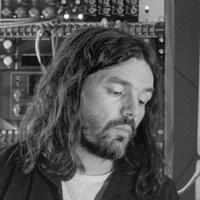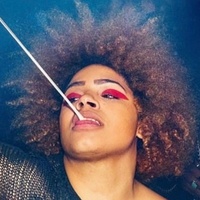On processing trauma through your art
Prelude
Tall Milk is a Brooklyn-based writer and photographer whose writing has been featured in Hobart Pulp and photography has been featured on AutoStraddle.
Conversation
On processing trauma through your art
Tall Milk discusses how a restrictive childhood led to their art-making practice, the challenge of forging your own path, and the value of setting attainable goals.
As told to Elle Nash, 1382 words.
Tags: Writing, Photography, Day jobs, Mental health, Process, Beginnings, Money, Anxiety.
On your Instagram you mentioned that you want to create a cross between antique doll and chintz aesthetics, beauty with sexuality, notes on the bizarre, sometimes intertwined with modern elements such as silicone or modern technology (like selfie sticks, etc). What is it that draws you to these elements?
I think my interests stem from childhood. I grew up in a cult-like family situation where we could only watch shows and movies with a G rating (not even PG was allowed), dictionaries in the house had “bad words” (like hell and damn) were blotted out with sharpie, the food was dry and bland, and my siblings and I were frequently locked in our rooms. All I cared about were the small luxuries I had, like my Precious Moments doll and a hand-me-down floral church dress I had.
My photos and writing these days are explorations of the things that were forbidden when I was younger, things considered “bad” in our household like vanity, sexuality, and technology.
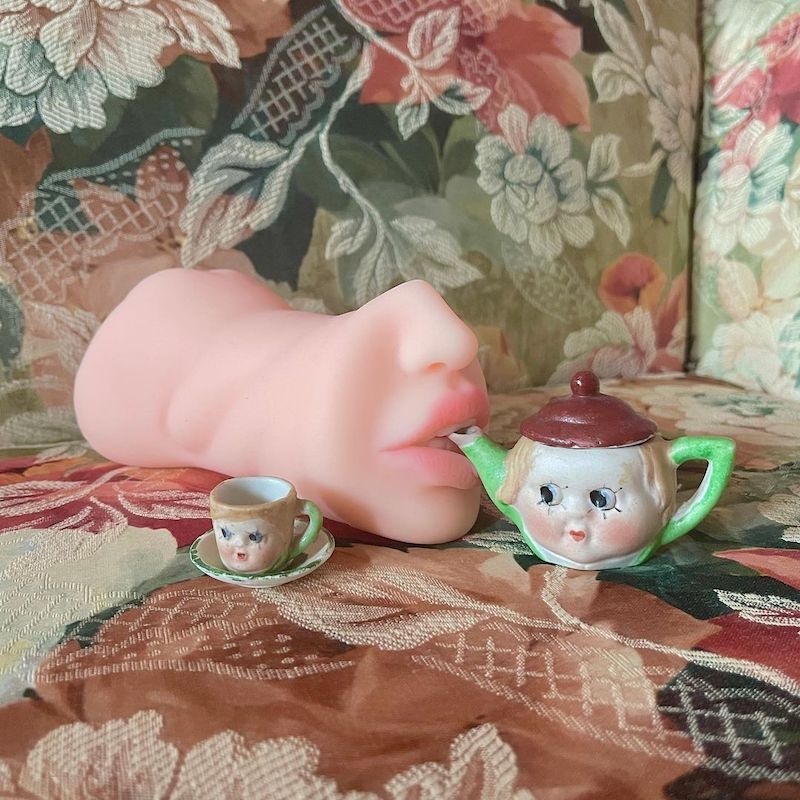
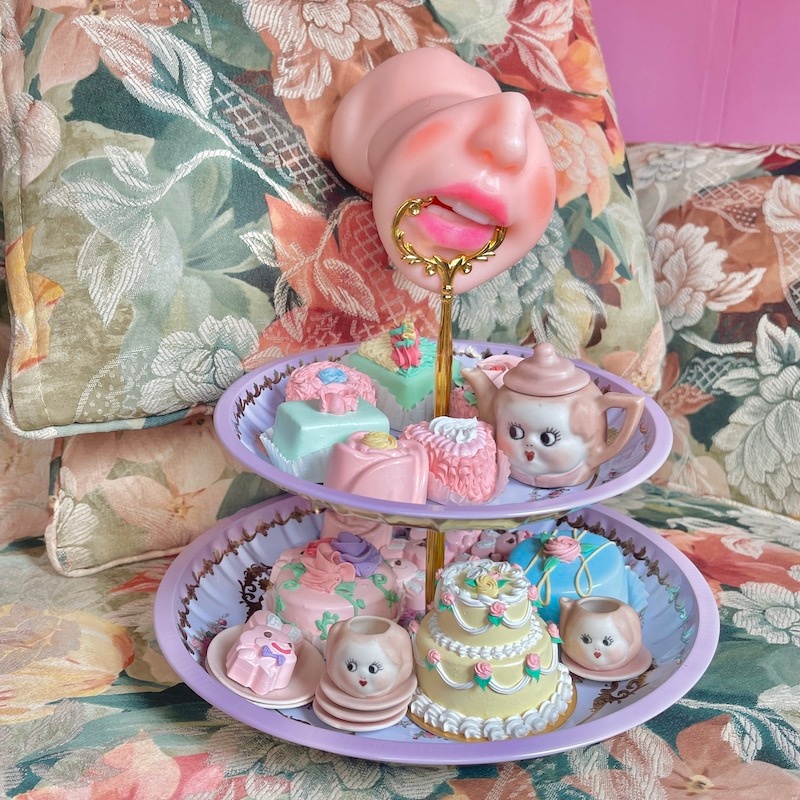
For people who don’t know, chintz is that aesthetic of carpet-bag type floral textile, generally very colorful florals on a beige background—is there a particular taste or style of chintz you love most?Has your taste in this evolved over the years? And how?
I only learned what chintz was about a year ago, so I don’t know much about it except that I love yellow chintz. I wish I could have yellow chintz walls with vintage chintz wallpaper, but it’s too difficult to come by, too expensive, and too complicated to put up.
My taste in decor, interiors, and fashion intensified over the pandemic because, like most people, I was stuck at home and wanted to make my environment more appealing. I’d already painted the walls in my apartment a bunch of different colors, but then I started filling in the spaces on the walls by hanging antiques like embroidered doll bags, purses, pin cushions, and framed art.
As a photographer, how do you know when a set you’ve completed is truly “done”? What elements do you know and observe when taking a still?
I usually use the same backdrop and place new props that excite and inspire me beside each other to see if they work together. I like the objects to harmoniously contrast each other and possibly interact. It’s random and based on what I actually see in front of me on a given day (which is why I keep everything out on shelves). It takes time to add or detract things until the setup makes sense. Then I take a bunch of photos until I get “the shot,” which is just a photo that looks like it captured my intention.
One of the hardest things I’ve had to deal with, especially during the pandemic, is figuring out how to overcome and undo all the childhood trauma in order to really love myself and live in an unashamed way. As you mentioned, you had a pretty conservative experience in childhood. Has art been a way to help you overcome it?
Art definitely helps! I don’t think I will ever fully recover from trauma, but being able to have some kind of artistic practice gives me a sense of self worth that keeps me, at the very least, from self harming and, at most, connects me to a larger sense of community and purpose.
Do you feel, in a way, that art can function as therapy? Why or why not?
I think that making art is necessary in order to cope with life, but it doesn’t entirely replace the need for therapy with a professional.
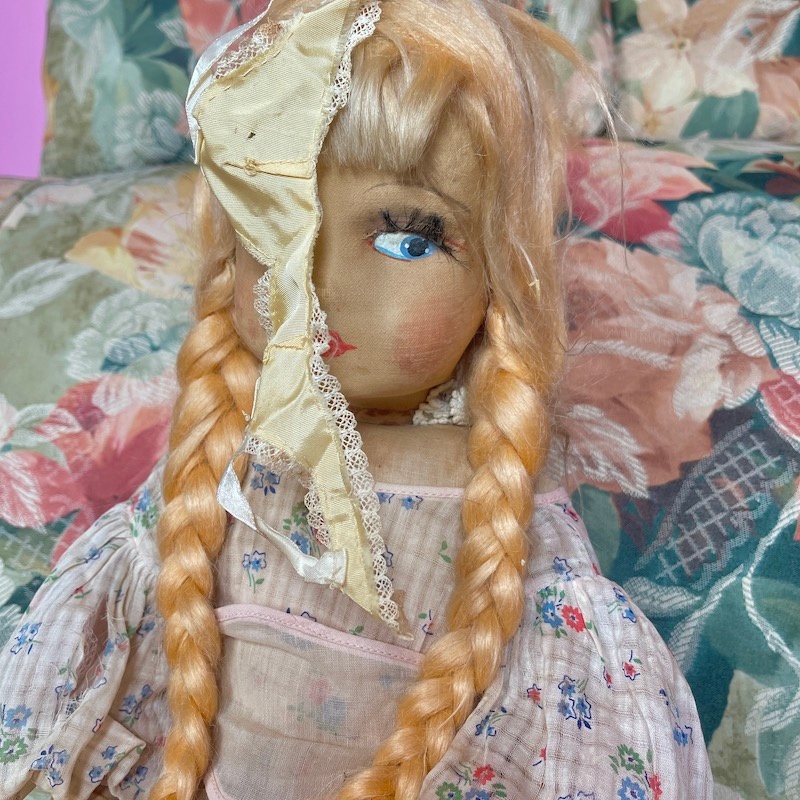
How do you deal with artist dissatisfaction ? When you have a particular vision in mind but are struggling to create it?
I usually avoid, procrastinate, then get sad about it. It’s hard for me to think of overall visions because that leads to unmet expectations and disappointment, so it’s easier to think of small goals and actions, like deciding to take just one photo. Or simply setting up my softboxes.
What is the hardest thing about trying to make your way in the world as an artist?
Having no time to make my art because I need to make money, comparing myself to others, and having no connections or nepotism powers to get my art seen in order to make real money off of it.
I know that you are an avid reader, and also a writer—you have a particularly heartbreaking and beautiful piece in Elizabeth Ellen’s Fucked Up Modern Love series. What draws you to writing? Are you working on anything currently?
I find writing grueling and humiliating, but a necessary evil for me to process my thoughts and attempt to connect with others. I was working on a cottage core giantess fetish zine. I have a fan who makes giantess fan art out of my photos, and I was going to ask him to alter a new set of photos as illustrations for the zine. But I put it down for a bit while I’m writing nonfiction vignettes from my childhood.
Do you feel that your different projects ever speak to each other? Does photography influence the writing, and vice versa?
In writing and photography, I tend to gravitate towards overtones of innocence and sexuality because of my complicated relationship with both. I was a devout Christian virgin until nineteen, I had spoken in tongues, fallen down from the touch of a pastor, fasted for a week, prayed every single day for most of my life. Then I took a human sexuality and a cultural anthropology class at community college, and my world shifted. I became curious and found that the things that once shocked and disturbed me (sex, gender, sex work, masturbation) weren’t scary after all. In fact, I was drawn to them.
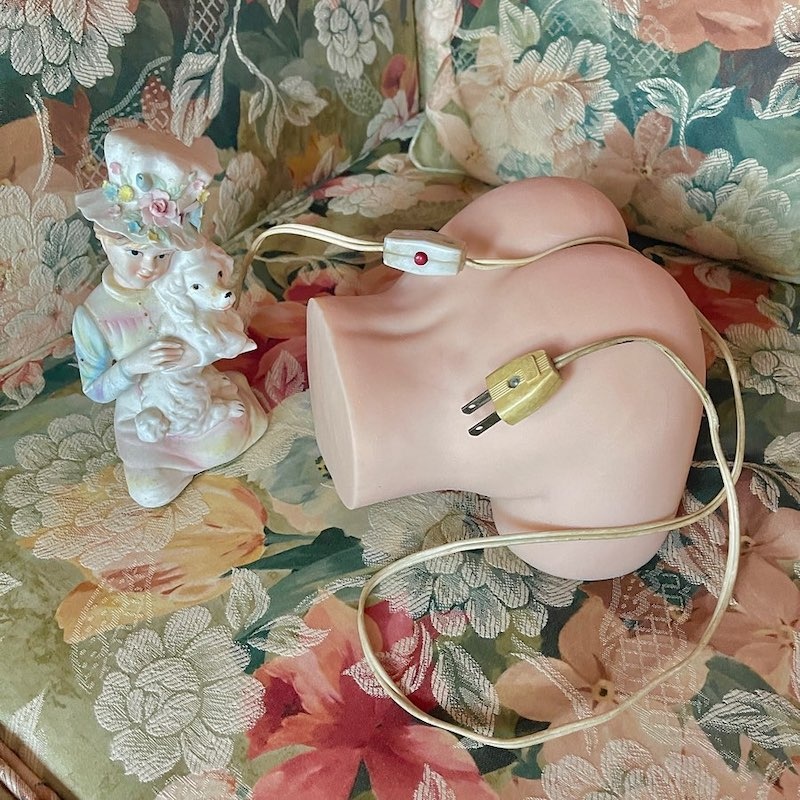
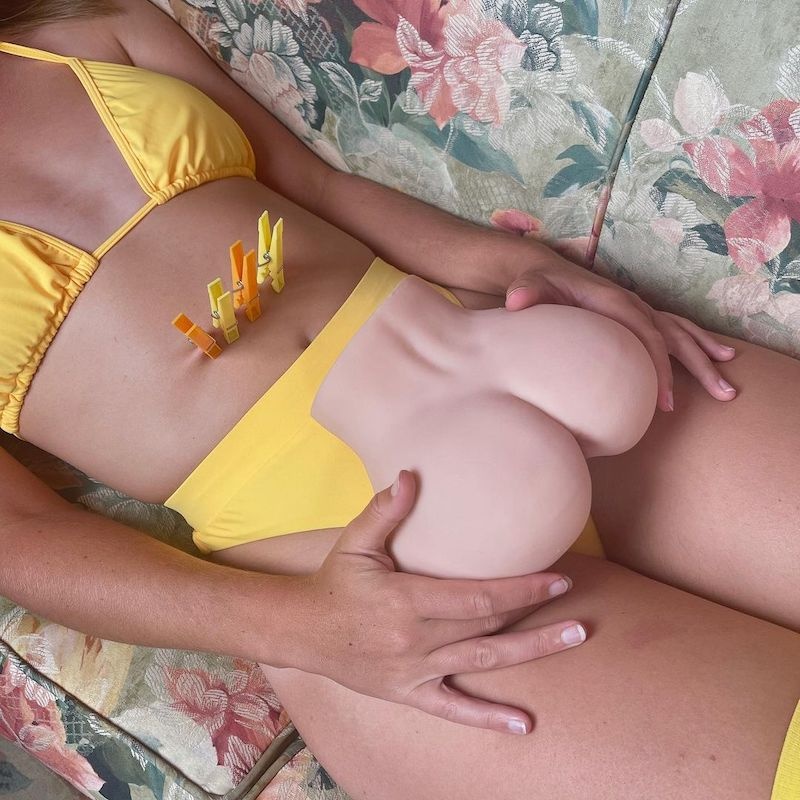
Do you struggle to balance particular projects of yours? How so?
I have many ongoing projects that I do, and want to do, and definitely too many interests. The biggest challenge is that I don’t have time for any of them due to work, so I have to scavenge for time and multitask.
I feel like during the pandemic, a lot of artists struggled both with making an income and also with facing burnout from constant work. What do you do when you are feeling burnt out?
When I’m feeling burned out, I start to shut people and things out. Not on purpose, but I have to be extremely selective about where I put energy. I struggle with chronic illnesses, so I probably burn out a lot quicker than others, and when it happens, I just can’t do certain things, can’t text people back, can’t be available to certain clients. After some distance, I can usually pick up where I left off.
Tall Milk Recommends:
Cover FX blush - I love their powder blush and own a bunch of colors. Plus, it’s talc free for those of you who saw that documentary on HBO about asbestos being in talc!
Any large electric heating pad - having one has saved me whenever my chronic pain flares up in my neck and back and for any stomach cramps from food or my period.
The Paris Apartment by Claudia Strasser - I love ’90s romantic decor books, and this one hits the spot for me. It’s written by a woman who had a store by the same name in the East Village where she sold French flea market finds.
Hitachi magic wand vibrator - This thing works miracles, and it does so on lots of genitals in my experience.
Grey Gardens - It’s my favorite movie ever because of the glamour, the decay, the flirtation, the loneliness, and the fact that I always cry at Big Edie’s rendition of “Tea for Two.”
- Name
- Tall Milk
- Vocation
- writer, photographer
Some Things
Pagination
